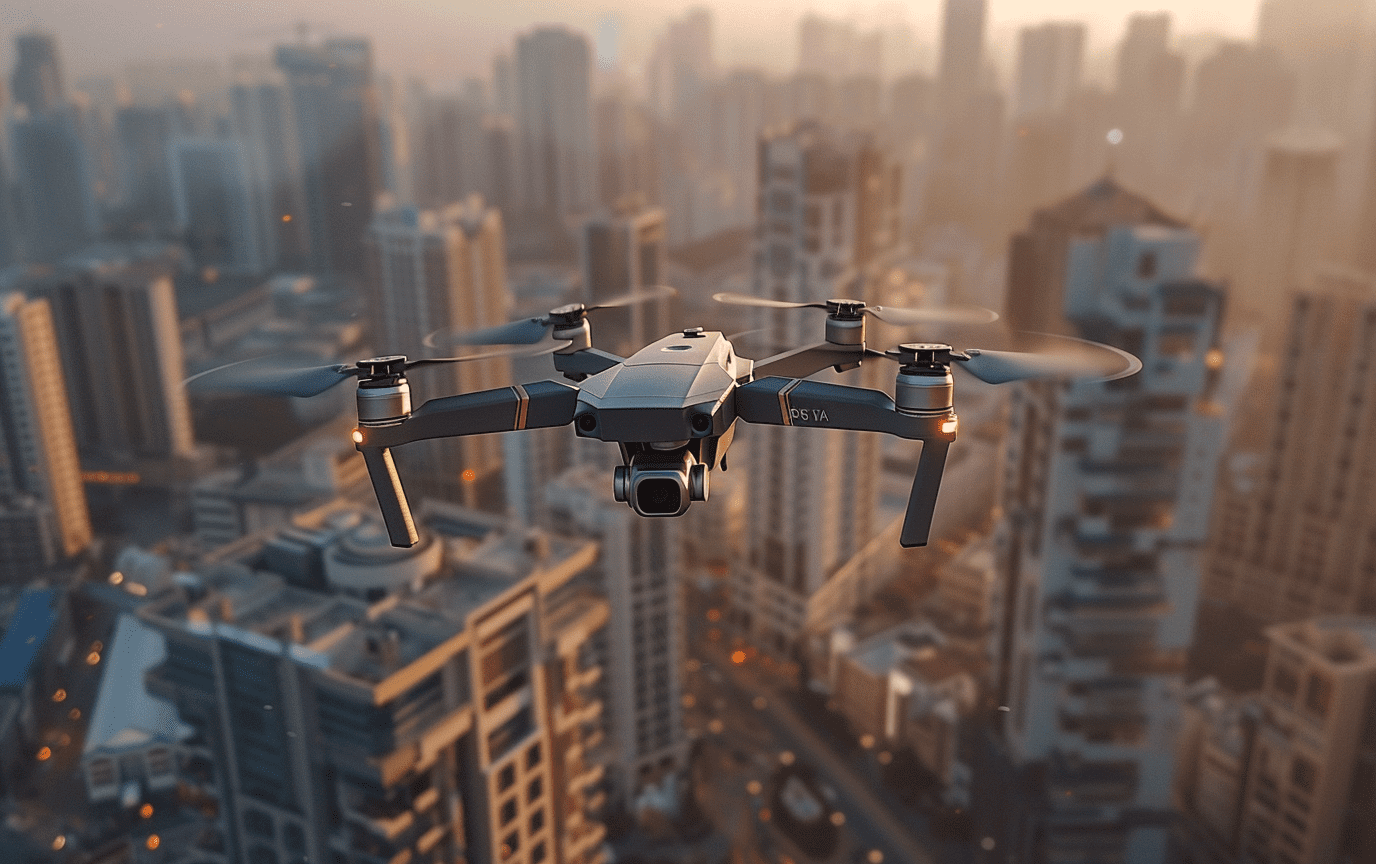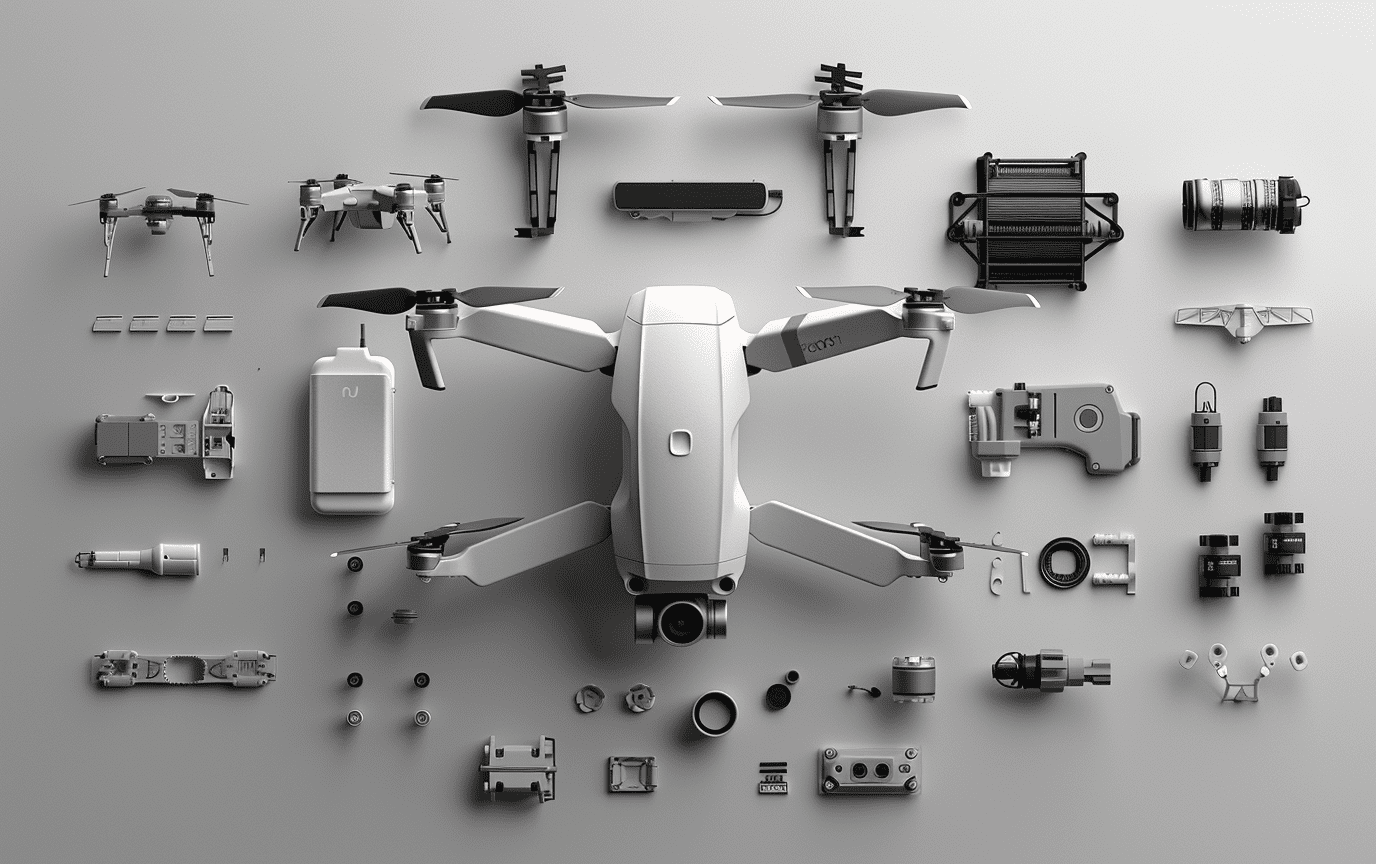Drones, also known as unmanned aerial vehicles (UAVs), are transforming industries from agriculture to filmmaking. This guide breaks down how drones work, exploring their components, flight mechanisms, and the technology behind them.
1. Components of a Drone
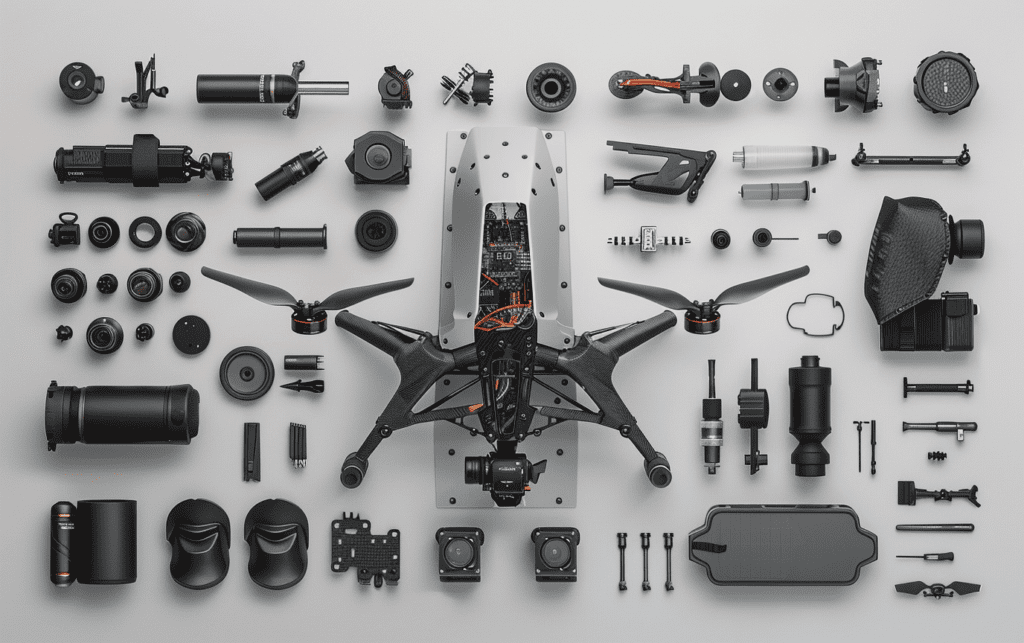
A drone operates through several essential parts:
- Frame: The skeleton that holds all components together, designed to be light yet durable enough for flight.
- Propellers: Driven by motors, these create lift. Their rotation speed and direction control the drone’s movement.
- Motors: Essential for turning the propellers. Most common are quadcopters, which have four motors.
- Electronic Speed Controllers (ESC): These regulate motor speed based on the flight controller’s commands.
- Flight Controller: The drone’s brain, it processes inputs from sensors and the pilot to adjust motor speeds for stable flight.
- Battery: Usually a lithium-polymer battery that powers all electronic components.
- Sensors: Including gyroscopes and accelerometers, these provide data on the drone’s position and movement.
- GPS Module: Helps with navigation and positioning, enabling features like automatic return-to-home.
- Camera: Essential for drones used in photography or surveillance to capture high-quality visuals.
2. Flight Dynamics
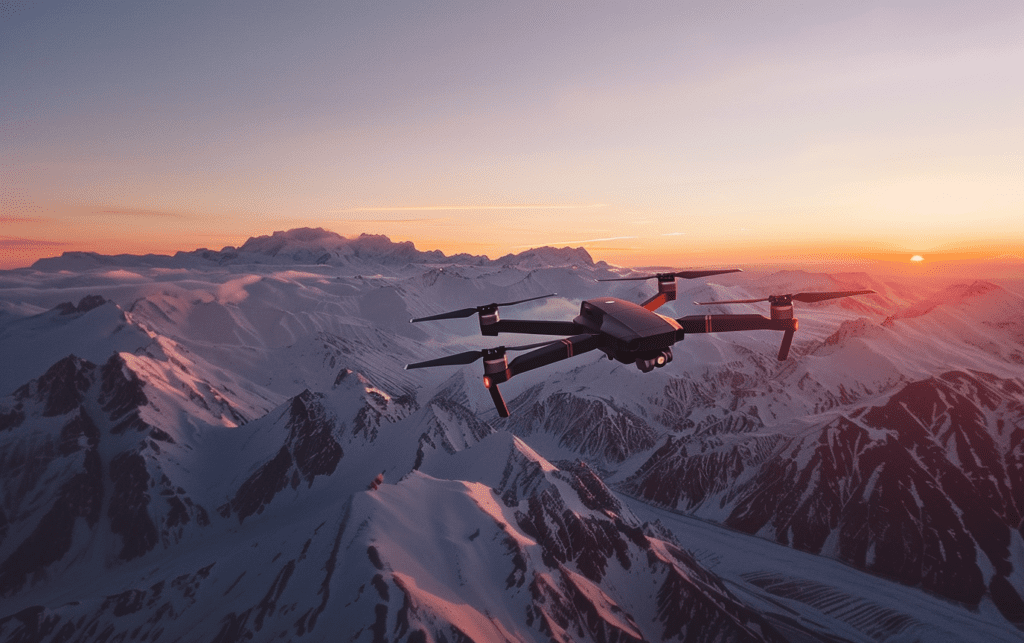

Understanding a drone’s flight involves knowing how these forces interact:
- Lift: Created by the propellers to counteract the drone’s weight and achieve ascent.
- Thrust: Generated by the motors to propel the drone forward.
- Weight: The drone’s mass, affected by gravity.
- Drag: The air resistance the drone encounters while flying.
3. Control Systems and Flight Modes
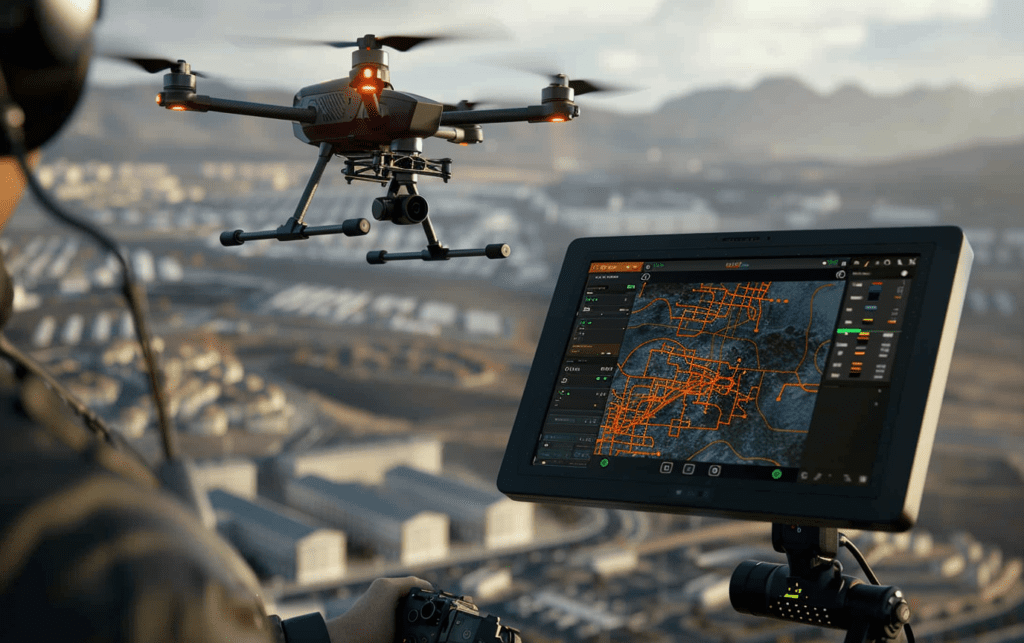

Drones have advanced control systems for managing flight stability and direction:
- Manual Mode: The pilot manually controls all drone movements.
- Stabilized Mode: Helps maintain steady altitude and orientation.
- GPS Hold: Uses GPS to maintain position, helpful in windy conditions.
- Waypoint Navigation: Allows the drone to follow a pre-set route automatically.
4. Communication Systems
Drones communicate with a controller or smartphone app through radio waves, typically on 2.4 GHz or 5.8 GHz frequencies. Advanced models also send real-time data back to the pilot via telemetry.
5. Applications and Implications


Beyond photography, drones assist in agriculture for monitoring crops, in logistics for delivering packages, in environmental monitoring, and in search and rescue missions. Their versatility continues to grow with technological advancements.
6. Future of Drone Technology
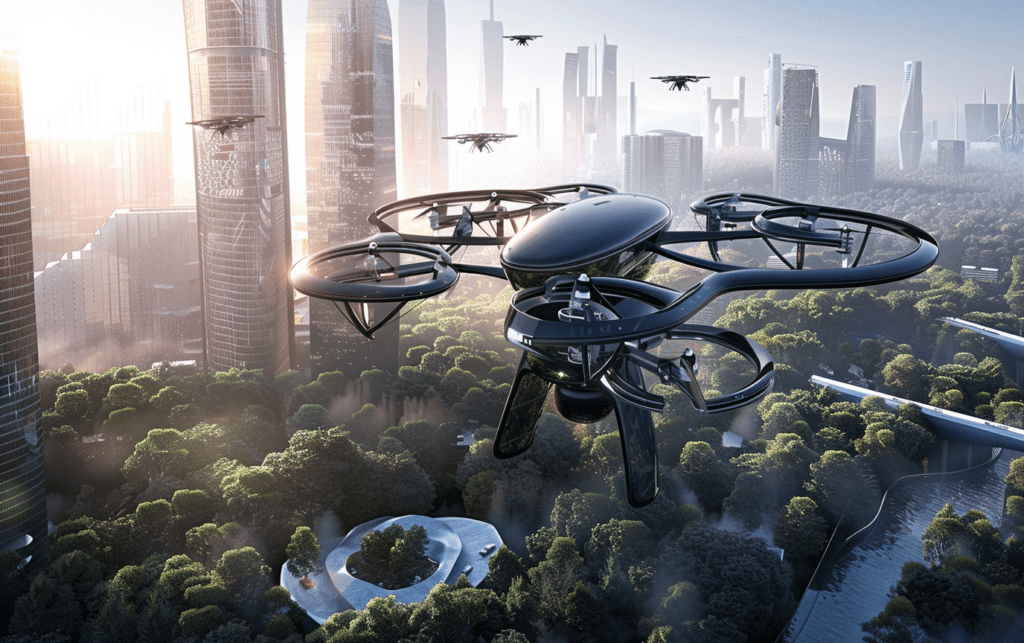

The future of drones includes longer battery life, more autonomous operations, and broader integration into daily life. Regulatory and ethical considerations will significantly influence the development of drone technology.
Conclusion
Drones are sophisticated devices that integrate various technologies to fly and execute tasks either autonomously or under pilot control. Understanding how drones work reveals their complexity and versatility in various applications. As technology progresses, drones are becoming an increasingly essential part of modern tech landscapes, demonstrating the expanding capabilities of UAV technology.


